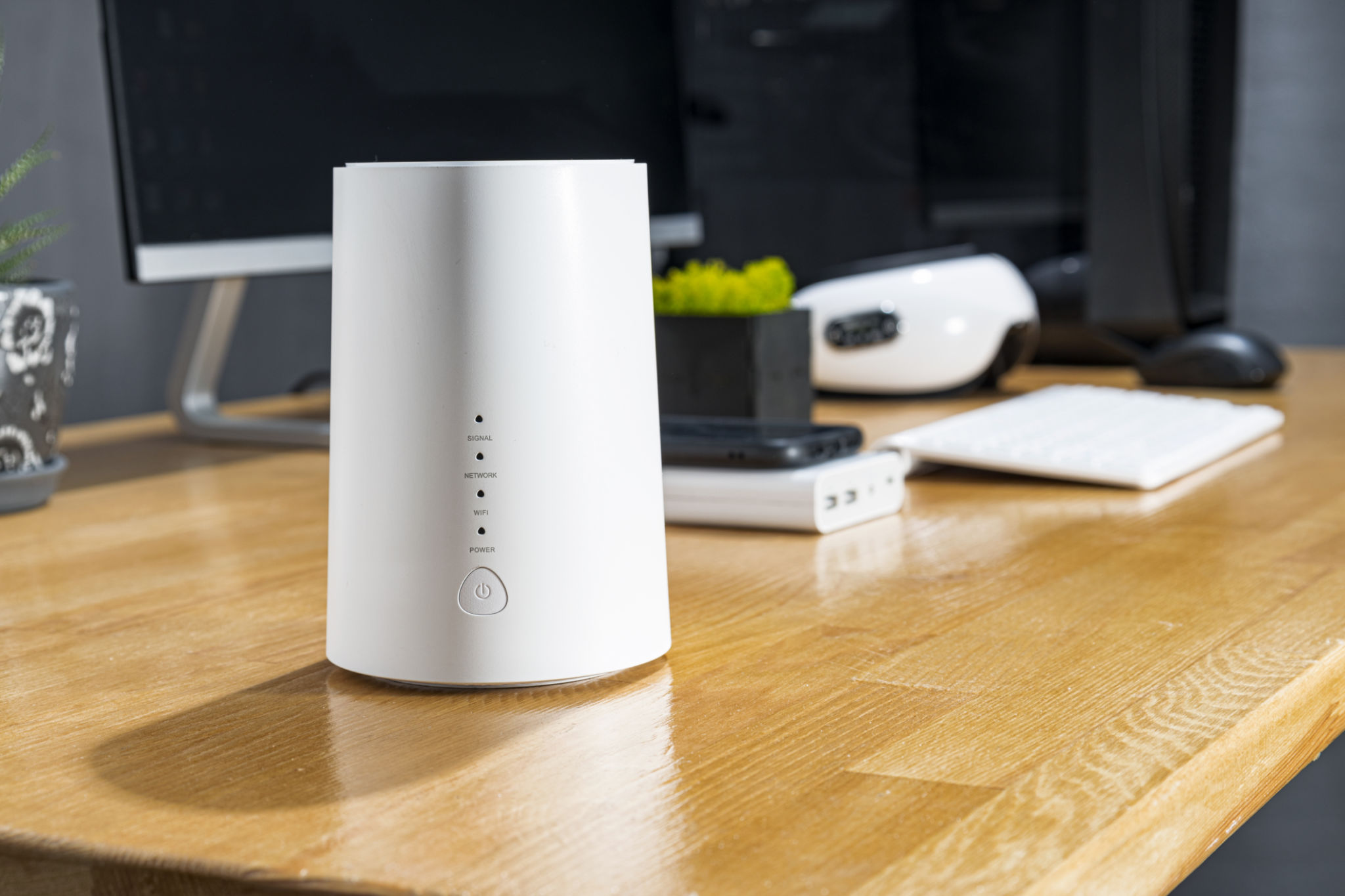Expert Advice: Avoiding Common Mistakes in Home Network Setup
Understanding the Basics of Home Networking
Setting up a home network might seem straightforward, but it's easy to fall into common pitfalls that can compromise your connectivity and security. Before diving into the specifics, it's important to understand the basics of how home networks operate. A typical setup involves a modem, router, and connected devices. Ensuring each component functions correctly is crucial for a stable network.
One common mistake is not understanding the difference between a modem and a router. The modem connects your home to the internet, while the router connects your devices to the modem and each other. Confusing these can lead to improper setup and connectivity issues.

Choosing the Right Location for Your Router
The placement of your router plays a significant role in your network's performance. Many people hide routers in cabinets or place them in corners to avoid clutter, but this can hinder signal strength. Ideally, your router should be centrally located in your home, elevated off the ground, and away from obstructions like walls and metal objects.
Another point to consider is interference from other electronic devices. Placing your router near microwaves, cordless phones, or Bluetooth devices can disrupt the Wi-Fi signal. Always aim for a clear line of sight between your router and connected devices for optimal performance.

Securing Your Network
Network security is often overlooked during setup, leaving many homes vulnerable to unauthorized access. One of the first steps in securing your network is changing the default login credentials on your router. Default usernames and passwords are well-known and pose a significant security risk.
Enable WPA3 encryption if available, as it's the most secure wireless encryption standard currently. If WPA3 isn't available, WPA2 is an acceptable alternative. Additionally, regularly updating your router's firmware can protect against security vulnerabilities.

Avoiding Overloading Your Network
With the growing number of smart devices in homes, it's easy to overwhelm your network. Each device connected to your network consumes bandwidth, which can lead to slower speeds if not managed properly. Monitor the number of devices connected and consider upgrading your internet plan or router if you frequently experience slow speeds.
It's also beneficial to segment your network by setting up separate SSIDs for different device categories, such as one for work devices and another for smart home gadgets. This helps manage bandwidth allocation more effectively.
Troubleshooting Common Issues
Even with a well-set-up network, issues can arise. Common problems include intermittent connectivity and slow speeds. Start troubleshooting by checking physical connections and ensuring all cables are securely plugged in.
Rebooting your modem and router can resolve many common issues by clearing temporary glitches. If problems persist, consult your internet service provider to rule out any outages or service disruptions.

Conclusion
Setting up a home network involves more than just plugging in a few cables and powering on devices. By avoiding common mistakes such as improper router placement, neglecting security measures, overloading the network, and not understanding basic components, you can ensure a reliable and secure home network. With these expert tips in mind, you'll be better equipped to create an efficient and safe digital environment at home.